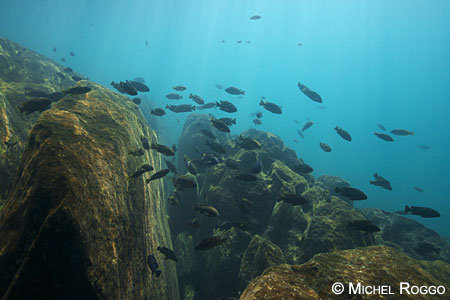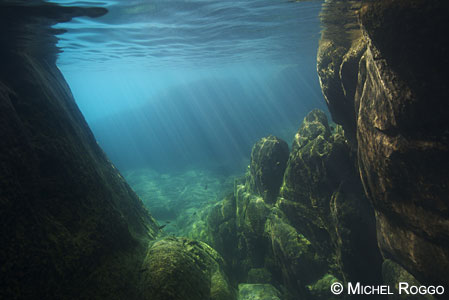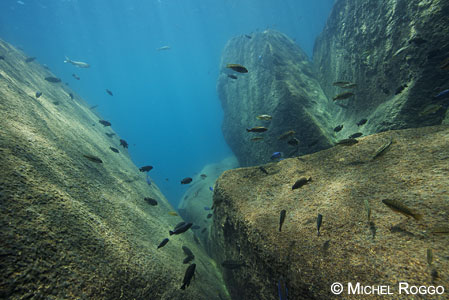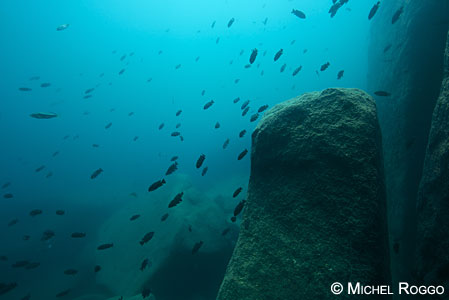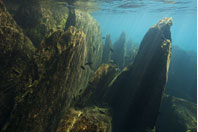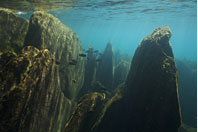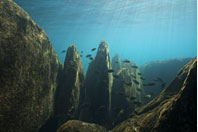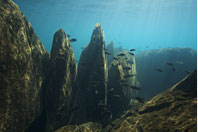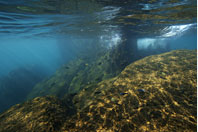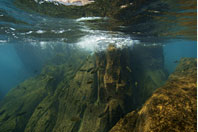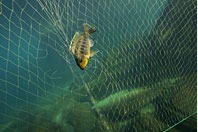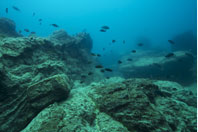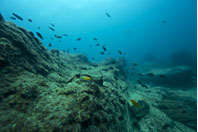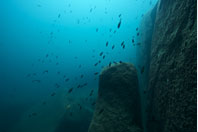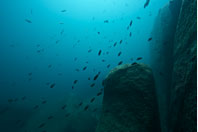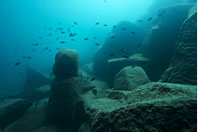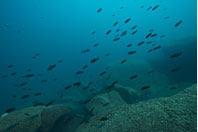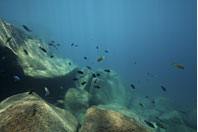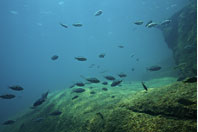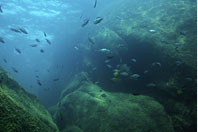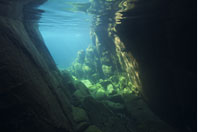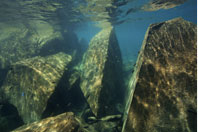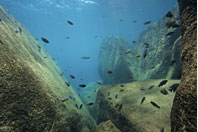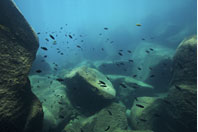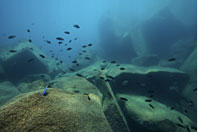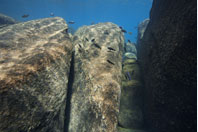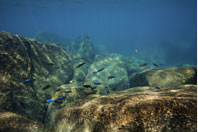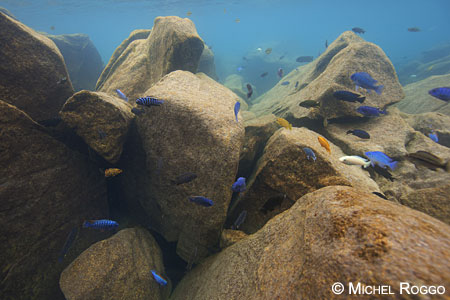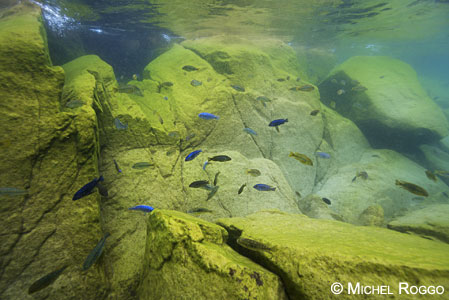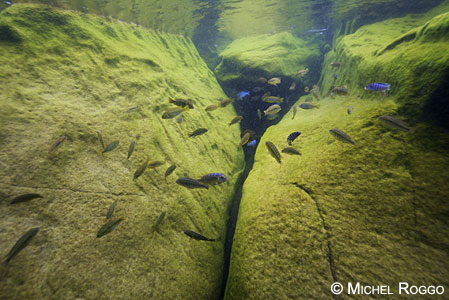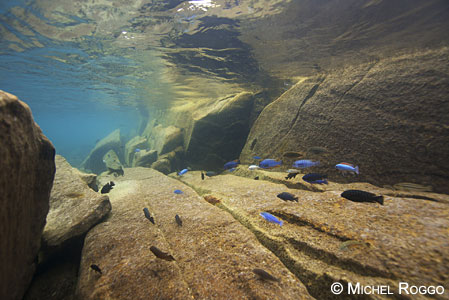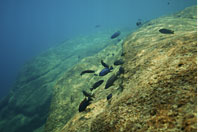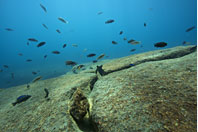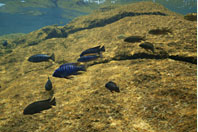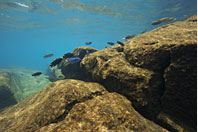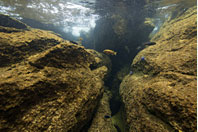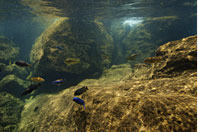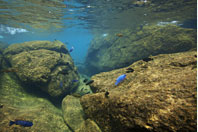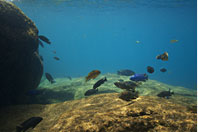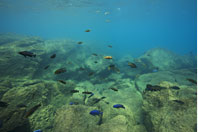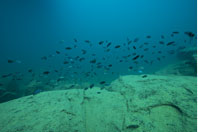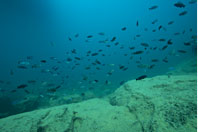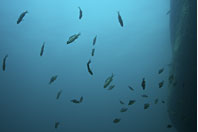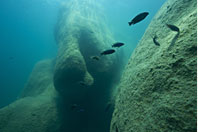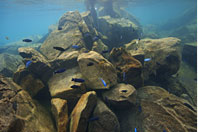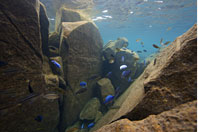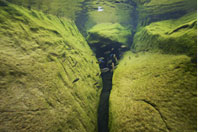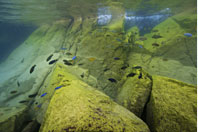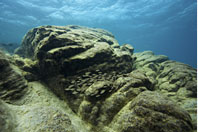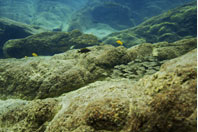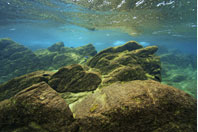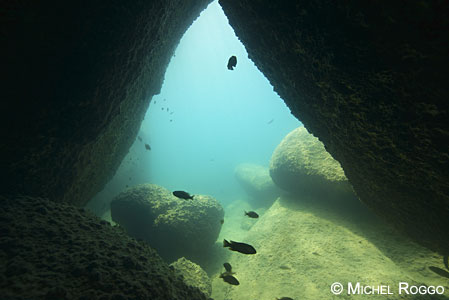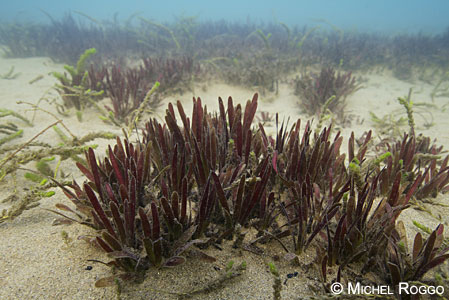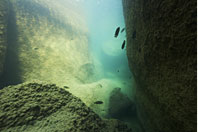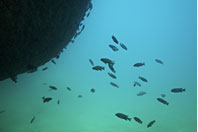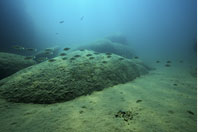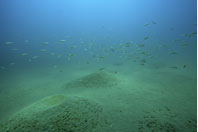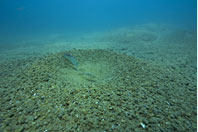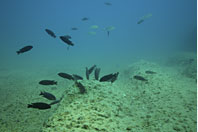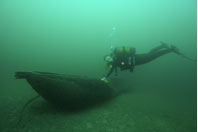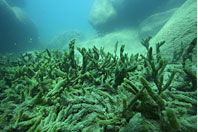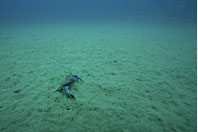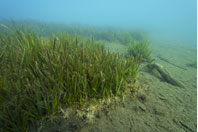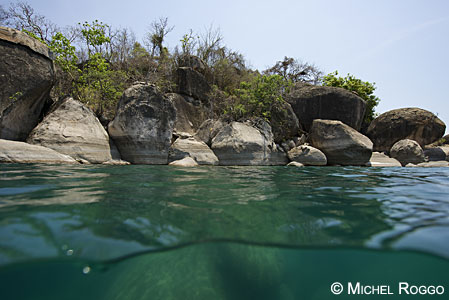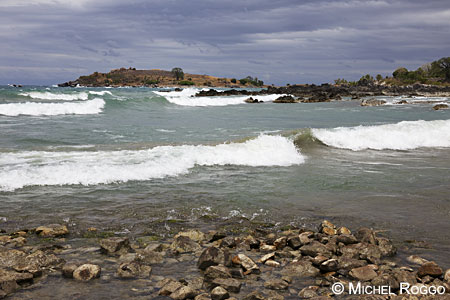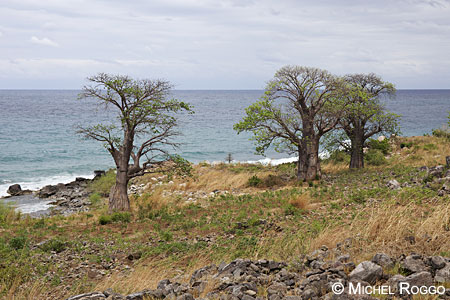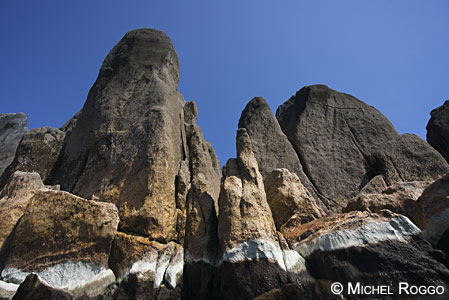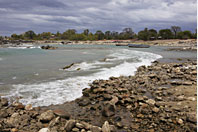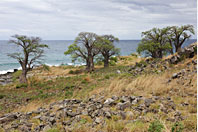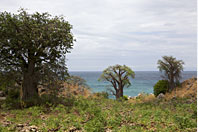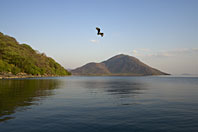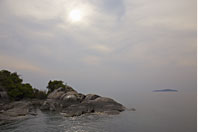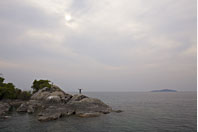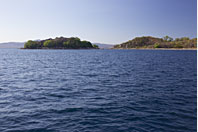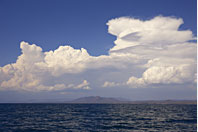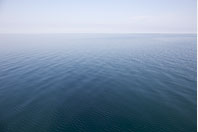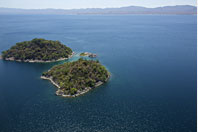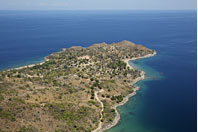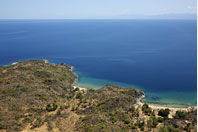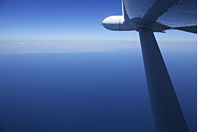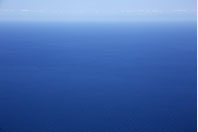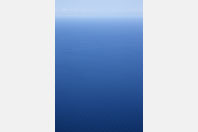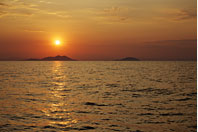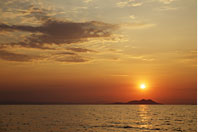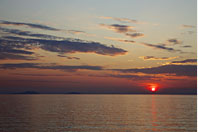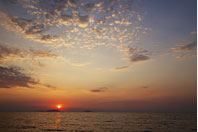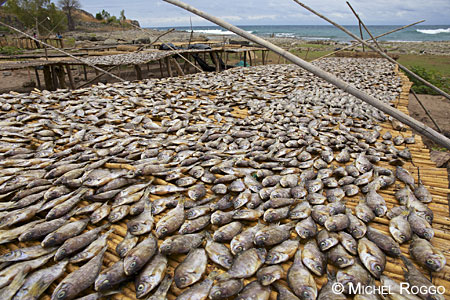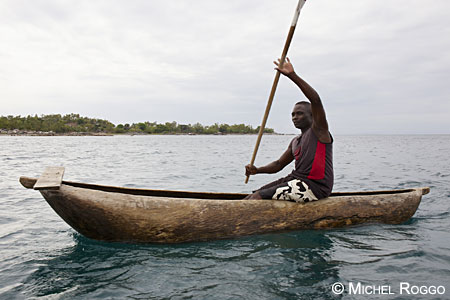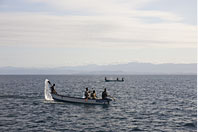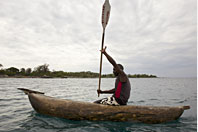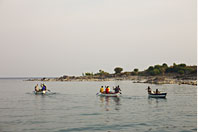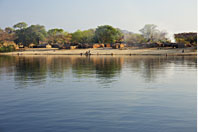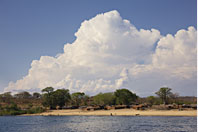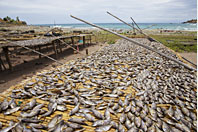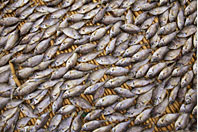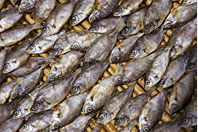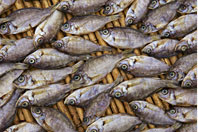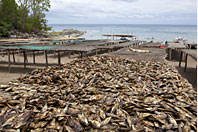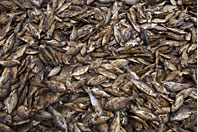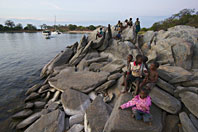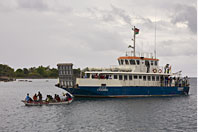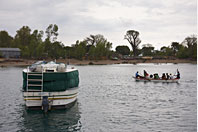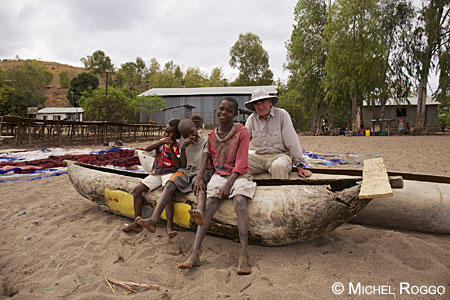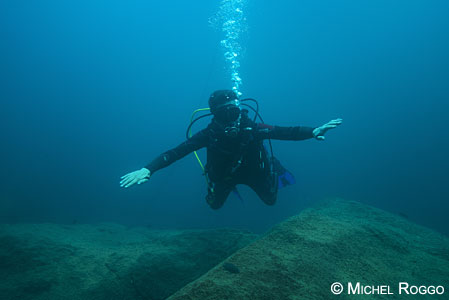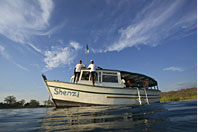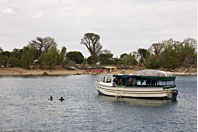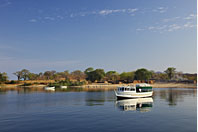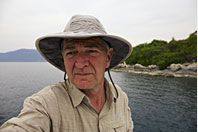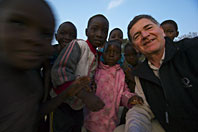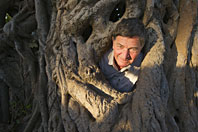Lake Malawi (also known as Lake Niassa or Nyasa) and its influents, Lake Malombe and the Shire River in between the two lakes, form this globally distinctive ecoregion. The ecoregion hosts highly endemic species flocks of fishes, which make up one of the richest lake fish faunas in the world. Lake Malawi is the southernmost lake of the Rift Valley and is bordered by the countries of Malawi, Mozambique, and Tanzania
There are about 800 species of fishes, but in addition, there are clearly recognizable geographic sub-populations, some having economic value - such as those sold as ornamental fishes. It has been suggested that as many as 3,000 recognizable fish taxa (species and populations) might be found in the lake. The latter number probably represents the largest number of fish taxa for any lake in the world. There are about 70 non-cichlid species in the basin of which a few, such as the lungfish and the trout, are introduced; circa fifty belonging to 11 families are living in the lake itself.
It is difficult to summarize the large variety and complex nature of the over 800 species of cichlids. Only just over 300 are scientifically described. The cichlids are mainly represented by lineages of mouth-brooding haplochromines. An important exception is the chambo, endemic Oreochromis spp., which are important food fish. The haplochromines can roughly be divided in the smaller, beautifully coloured, mainly rock-dwelling mbuna and the non-mbuna. Malawi cichlids in general, but especially the mbuna are very popular aquarium fishes. Several groups can be distinguished within the non-mbuna. There are two lineages of merely pelagic, predatory and zooplanktivorous cichlids Rhamphochromis (ncheni) and Diplotaxodon (ndunduma). Utaka are a group of zoo- and phytoplanktivorous schooling cichlids living over reefs and sandy habitats. Most of the remaining, very diverse demersal species are locally named chisawasawa or kambuzi.
The cichlids share several distinguishing characteristics. Many practice parental care and most species in the lake basin are maternal mouthbrooders, breeding and releasing young in the same habitat. These cichlids also grow relatively slowly and produce few young. Given these characteristics, most of the cichlids of this ecoregion are vulnerable to habitat degradation, sensitive to exploitation, and slow to recover from population declines. All but four of the cichlid species are endemic to the lake.
Endemism in the ecoregion is remarkably high. Among fish, 99% of the more than 800 species of cichlids and over 70% of the 17 clariids are endemic.
Lake Malawi is outstanding because of its extraordinary species radiations, including 50 endemic cichlid genera and 1 endemic cyprinid genus (Engraulicypris). The evolutionary processes that have produced such incredibly high numbers of endemic cichlids have fascinated biologists for some time, leading to the use of metaphors such as ‘explosive speciation’ to describe the rapid evolution of taxa The most widely accepted scenario of evolution of this highly diverse cichlid fauna is that riverine species with broad habitat ranges colonized the young lake and slowly became specialized to their new habitats within Lake Malawi. Changing lake levels during this time would have forced shallow-water stenotypes to live in habitats for which they were not adapted, placing them under severe selection pressure and causing incipient species flocks to become adapted to rocky, sandy, shallow, deep, vegetated, or mixed habitats. A prominent role for sexual selection has been suggested, amongst other things based on the observation that many closely related species differ mainly in male color pattern. (Source: FEOW)
Freshwater Ecoregion of the World : #559 Lake Malawi
Major Habitat Type: large lakes
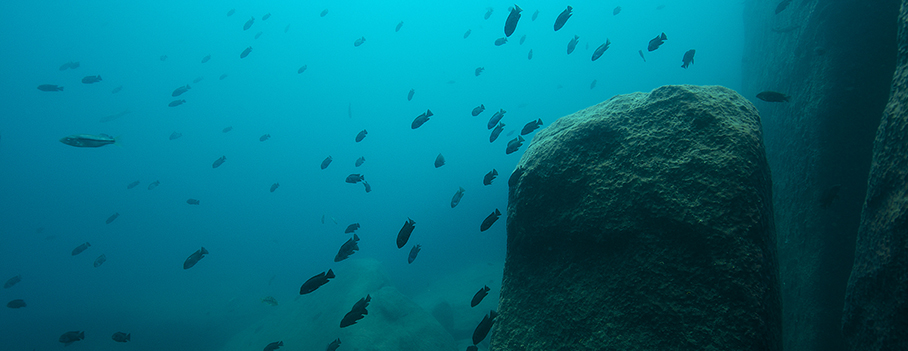
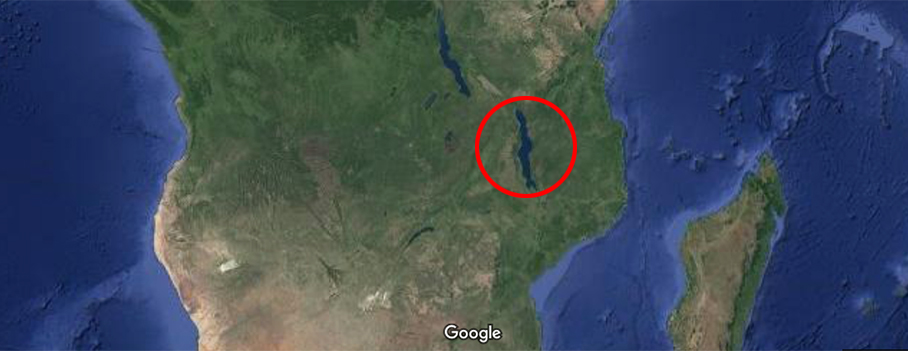
 indicate personal favorites.
indicate personal favorites.